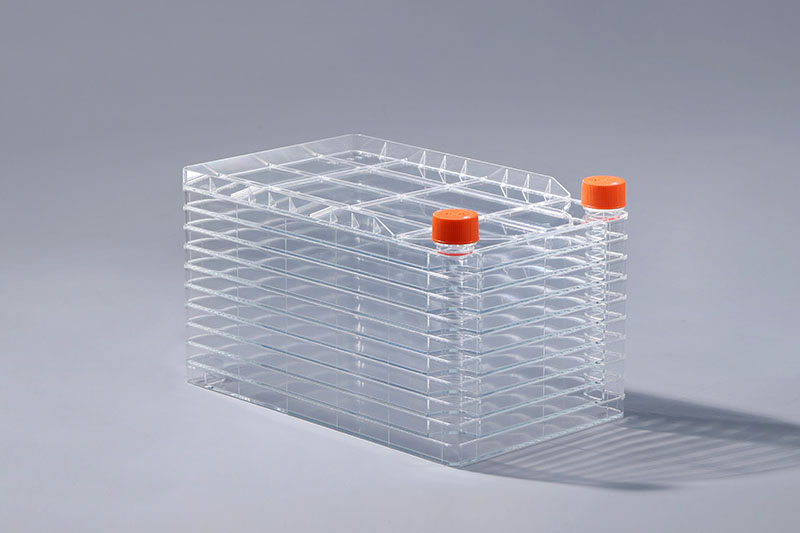Nanobacteria is often encountered in cell culture. After the cells are contaminated, the adherent growth will not be affected in a short period of time, and the medium will not quickly turn yellow or turbid like bacteria and fungi. So, what to do if there is Nanobacteria
There is no clear conclusion about Nanobacteria, and it is generally believed that the black matter is the debris produced by the deterioration and death of cells due to various reasons. It can penetrate the filter membrane or spread through the air. It is black dots at low magnification, and black bugs can be seen swimming around at high magnification. The culture medium is also not muddy, generally it will not be too affected, and the cells can still be used. Usually, the cells grow well, and the observed movement does not increase significantly, and there is no obvious change in the color and transparency of the culture medium. Similar phenomena can be found in the same batch of serum-raised cells, and the cell growth state will not be significantly affected. , will disappear naturally after the cell proliferation is vigorous. Occasionally, there is also a marked increase in the observed movement of animals, deterioration of the cell state, and eventual death.
If the cells in the cell factory are contaminated by Nanobacteria and have a great impact on the cell state, they should be discarded directly under normal circumstances.If the cells are very precious, they can be washed with primaquine, sulfa, tetracycline, benil, and replace high-quality disposable cell culture consumables and related culture reagents as soon as possible.
When using a cell factory for cell culture, the key to preventing Nanobacteria contamination is to prevent the sera in the culture system in question. Many of the sera in the culture system have undergone heat inactivation treatment. Polymers are considered biological because of their small particles and Brownian motion. Therefore, gradient treatment should be performed during the process of serum melting, and it should be slowly melted at 4 °C as much as possible.
The FAI climbed 5.9 percent year-on-year in the first 11 months of 2018, quickening from the 5.7-percent growth in Jan-Oct, the National Bureau of Statistics (NBS) said Friday in an online statement.
The key indicator of investment, dubbed a major growth driver, hit the bottom in August and has since started to rebound steadily.
In the face of emerging economic challenges home and abroad, China has stepped up efforts to stabilize investment, in particular rolling out measures to motivate private investors and channel funds into infrastructure.
Friday's data showed private investment, accounting for more than 60 percent of the total FAI, expanded by a brisk 8.7 percent.
NBS spokesperson Mao Shengyong said funds into weak economic links registered rapid increases as investment in environmental protection and agriculture jumped 42 percent and 12.5 percent respectively, much faster than the average.
In breakdown, investment in high-tech and equipment manufacturing remained vigorous with 16.1-percent and 11.6-percent increases respectively in the first 11 months. Infrastructure investment gained 3.7 percent, staying flat. Investment in property development rose 9.7 percent, also unchanged.
 English
English



















































